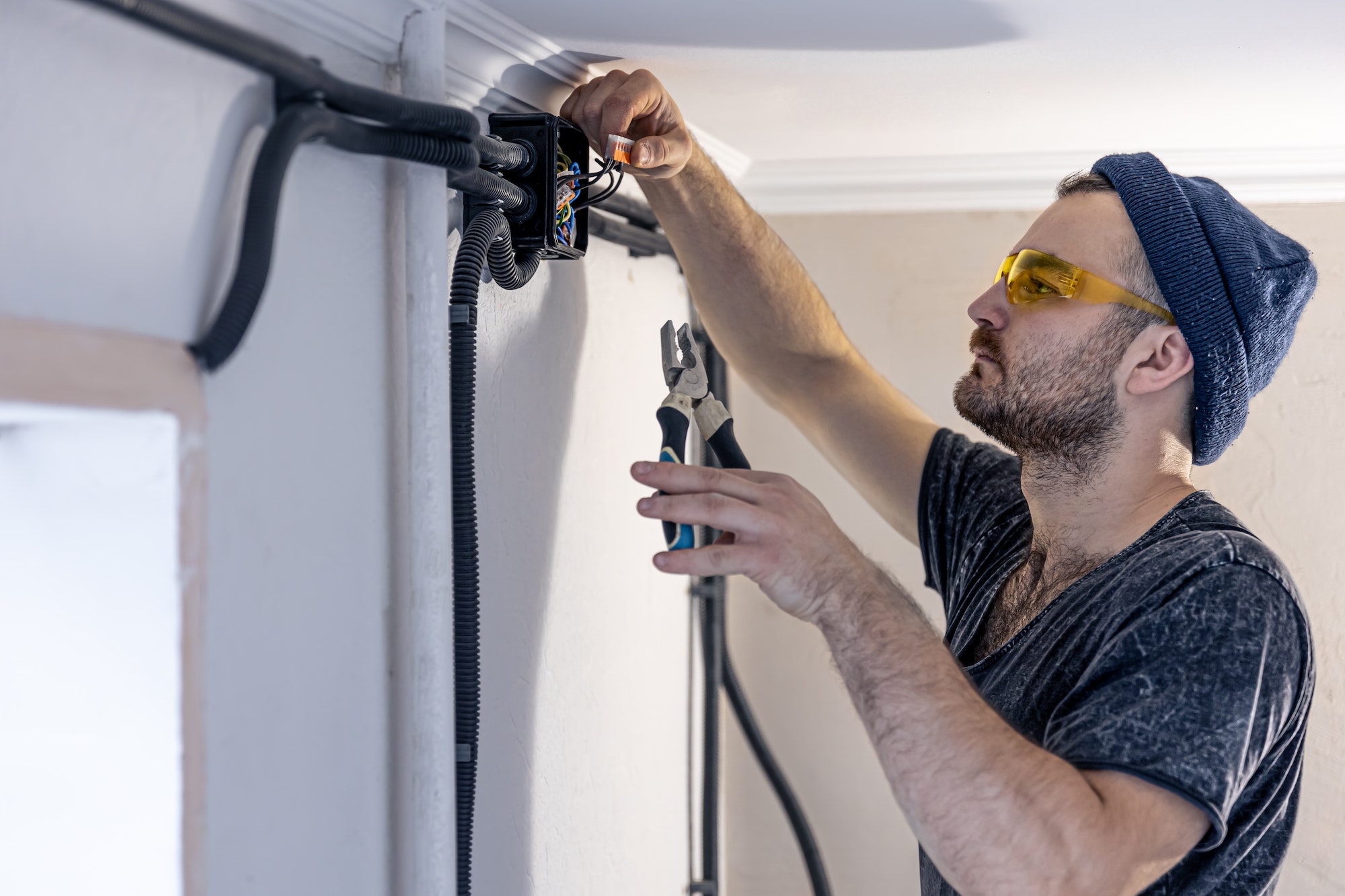The primary purpose of electrical transformers is to transfer electrical energy throughout a range of circuits. They are widely used across different industries for various functions. These include lighting a facility, compressing, pumping, extraction, and many more applications. Transformers must operate efficiently and reliably to ensure an uninterrupted power supply.
However, electrical transformers vary significantly in terms of size, shapes, and specification, which can make choosing the right one for your specific use pretty challenging. Knowing what you should consider when buying transformers can help you get started on the right foot. Here are several key factors you should consider when choosing an electric transformer to ensure you buy the right one for your unique use case:
1. Indoor or Outdoor Use
The first and the most crucial factor to consider when selecting an electric transformer is the environment where it will operate. The environment where you intend to use your transformer usually dictates its specifications. If you plan to use it in an outdoor environment where it will be exposed to harsh weather elements, you may want to get a fluid-filled or oil-cooled transformer. This will help protect the transformer’s metallic windings against the damaging effects of weather elements. If it’s in an area with high temperatures and salty air, you’ll need to choose a transformer with a stable paint application to fight off corrosion.
2. Operations and Functions of the Transformer
Different types of electric transformers can be used for various functions. Determining what you want to use your transformer for can help you choose the right one. The operations and functions that your transformer will perform should primarily be based on outcomes. For instance, you can use it for getting the K factor, isolation, or other uses.
Your transformer’s functions will also help determine the correct number of phases. If you want to use it for small-sized equipment in your household, consider getting a two-phase transformer. On the other hand, you should select a three-phase transformer if it’s for powering heavy equipment in industries. The type of transformer you buy largely depends on the intended use and the complexity of operations.
3. The Voltage Requirement
An electric transformer’s primary function is to convert the main power supply’s voltage to accommodate the requirements. While transformers are designed to supply different voltages, it’s always advisable to consider the main power supply’s voltage to ensure you buy one that meets your voltage requirement. Your transformer’s input voltage will depend on your main power supply, while its output voltage depends on the voltage requirement for your equipment.
4. The Transformer’s Kilo Volt-Ampere (kVA) Rating
An electrical transformer’s kilo Volt-Ampere (kVA) rating is usually an indicator of the nature and size of the electrical capacity that the specified transformer is built to endure. It is crucial that you take into consideration the maximum load you’ll need before you select a transformer.
The cumulative cost of purchasing and successfully operating a transformer will depend on its corresponding kVA rating. For example, the initial cost of acquiring the device and its components often corresponds with the operational load capacity of the transformer.
Your buying decision should be guided by the maximum load you expect the transformer to withstand. If you need a custom transformer manufactured to best suit the power supply needs for your equipment, you can contact the manufacturer with the kVA rating specifications.
You can customize the current capacity and voltage of the primary and secondary winding. Always remember to take due consideration of the maximum load required by the transformer.
5. Transformer Frequency
You’ll need to factor out your facility’s power supply needs when assessing the ideal transformer frequency – incoming and outgoing frequencies will vary in some circumstances. To alter the intended output, the frequency converter can be purchased alongside the transformer. You can expect that imported equipment will come with varying frequency requirements compared to locally manufactured products.
Endnote
Knowing the above-discussed factors in detail before buying a transformer can make choosing the suitable unit relatively easy for you. Transformers can be expensive, so it’s also crucial that you find one that’s within your budget. You can also seek advice from a reputable supplier to ensure you select the right electric transformer for your specific use case. The manufacturer can also help configure the transformer to ensure a seamless connection with other transformers. Ensure that you also consider the transformer’s cooling methods, whether vacuum or oil, for maximum efficiency.
Discover more from Futurist Architecture
Subscribe to get the latest posts sent to your email.



